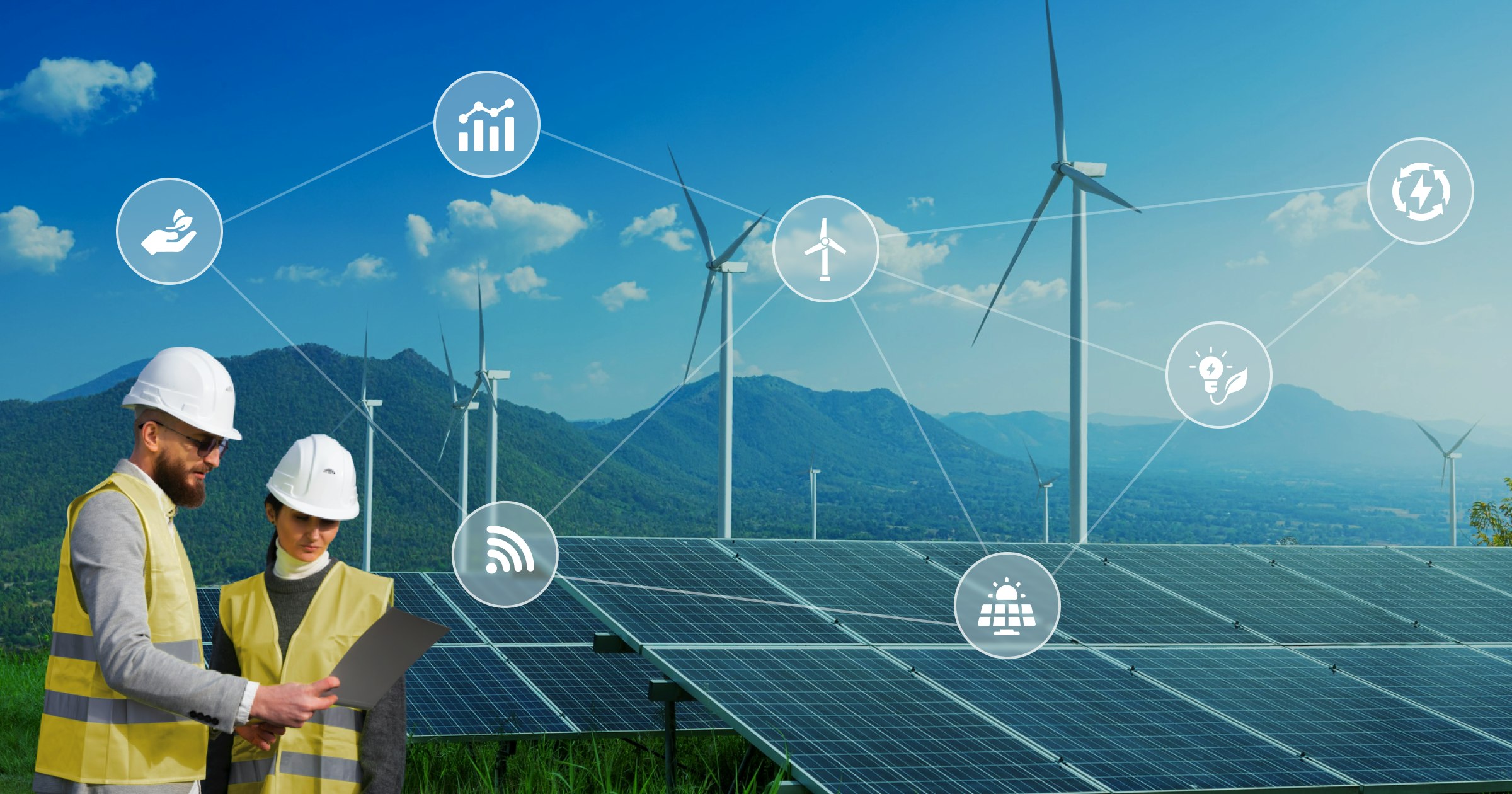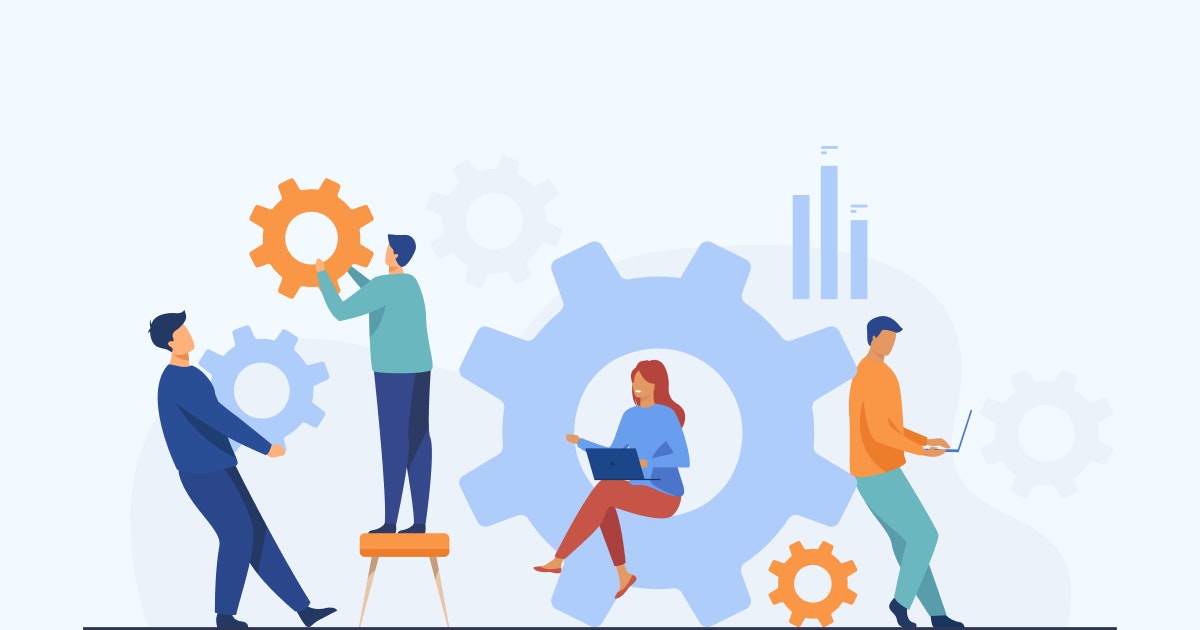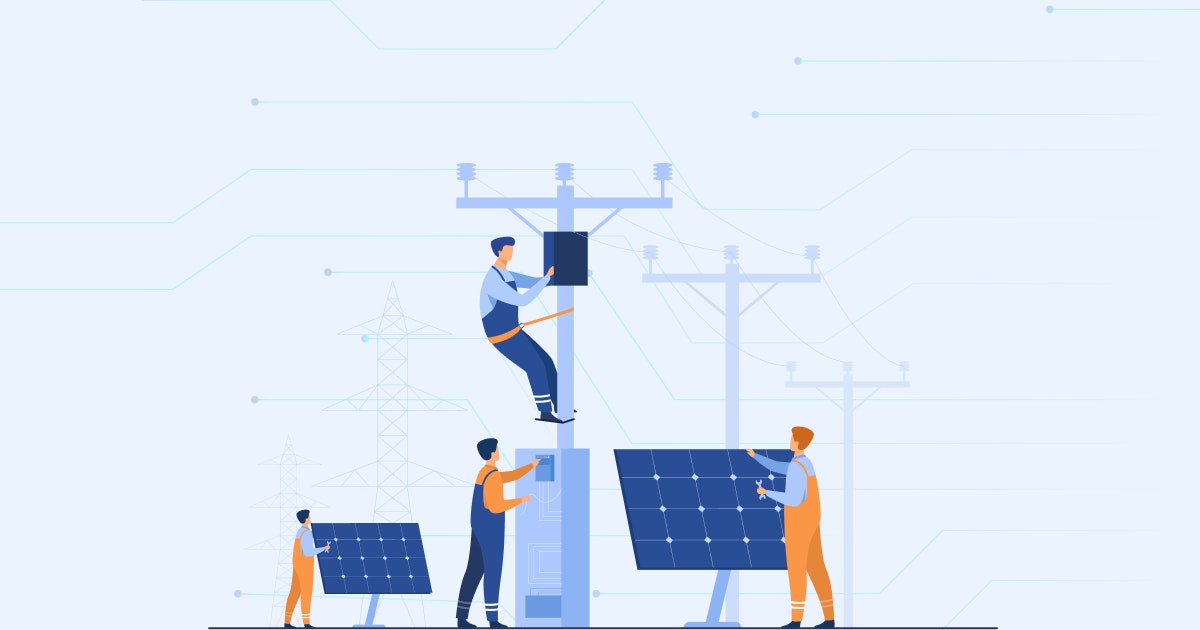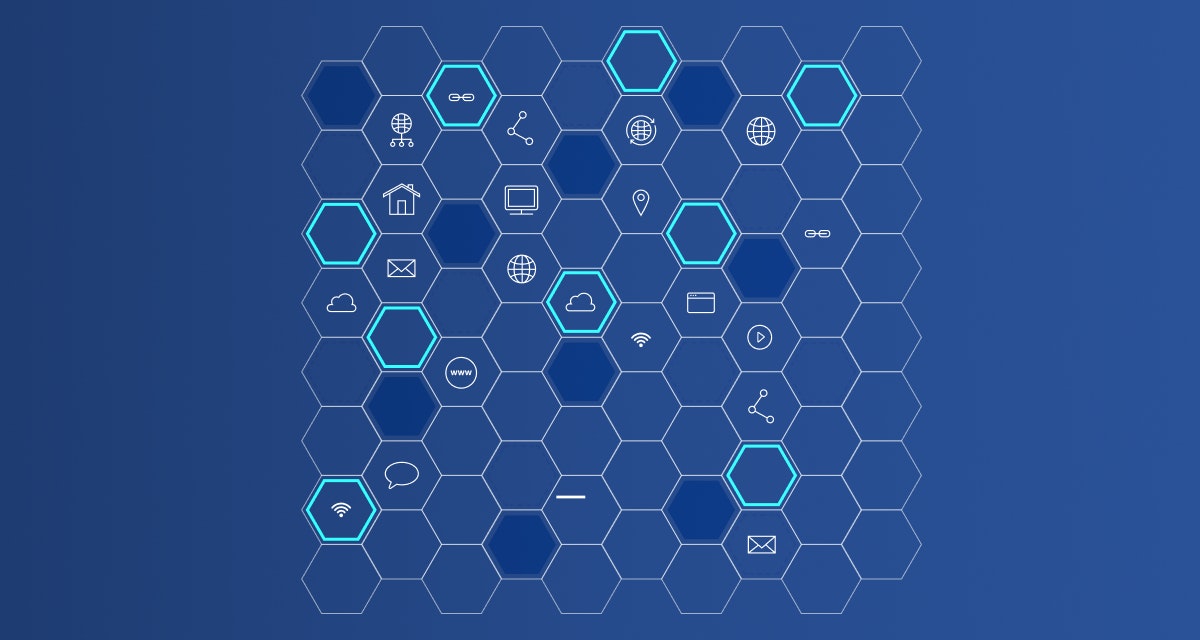The conscious world of the 2020s is leaning towards renewable energy sources more than ever, intending to drive our future sustainably. No wonder the increased use of renewables has given birth to many smart renewable energy generation solutions.
They certainly offer a better alternative than the already-exhausted non-renewable resources which emit harmful gases.
Plus, in the last two decades, the adoption of renewable energy production sources has increased by 100% in the US alone, thanks to modern-day disruptive technologies such as the Internet of Things (IoT)! It is no surprise that IoT has slowly and steadily taken the world by storm.
IoT is at the forefront of renewable energy sources
In the purest sense, IoT devices help manage and monitor equipment remotely in real-time. Plus, they can automate specific functions in a system and provide better control to the workforce, enabling reduced operational costs and dependence on fossil fuels in the energy sector.
Finally, the increased workflow efficiency and improved load management lead to better cost-efficacy. As such, incorporating smart energy production solutions as quickly as possible is essential.
IoT renewable energy: Its market size and growth rate
The dominance of IoT in the present market is unimaginable. Research shows that the global IoT in the energy market size is expected to grow to $35.2 billion in 2025, with the figure growing at a CAGR of 11.8% from 2020.
In 2020, gas and oil applications had a headstart over others in the IoT green energy market, with them boosting business productivity, driving operational efficiency, and enhancing the safety of employees, which is the need of the hour.
You see, the massive move towards renewable energies calls for optimization and digitalization. This is especially handy when turbines are erected in areas that are not easily accessible.
In addition, the Asia-Pacific region leads the world in terms of market size during the forecast period of 2020-2025. Some estimates suggest that there will be at least 75 billion IoT devices globally within 2025 — a feat in itself!
Optimize Your Clean Energy Operations with Custom IoT Solutions!
Let's Get Started!Types of Internet Of Things (IoT) In renewable energy
The five types of IoT, in general, include the Consumer Internet of Things (CIoT), Commercial Internet of Things, Industrial Internet of Things (IIoT), Infrastructure Internet of Things, and Internet of Medical Things (IoMT).
While CIoT includes regular IoT devices and applications used by consumers, Commercial IoT apps are merely a large-scale version of CIoT primarily used by the likes of supermarkets and commercial buildings.
Meanwhile, IIoT comprises apps used in industrial venues, factories, manufacturing units, and so on. On the other hand, Infrastructure IoT talks about integrating IoT solutions with intelligent infrastructures.
Last but not least, the IoMT ecosystem enables the collection, analysis, and transmission of health data to improve efficiencies, provide better outcomes, and lower care costs in Medicare. In the renewable energy market, more specifically, these IoT devices create a buzz:
1. Sensors
These units are deployed to gather and transmit data in real time. The main aim is to produce, transmit, and distribute green energy so that energy optimization and load management can be made possible in real time.
2. Actuators
Actuators are devices that are used to convert a particular form of green energy into motion. They create different motion patterns such as oscillatory, linear, and rotational motions. Actuators communicate with other devices in the vicinity to provide meaningful services in the energy sector.
3. Communication technologies
Wireless systems connect sensors to IoT gateways for initiating end-to-end data communications in the environment. As mentioned earlier, wind and solar energy plants are often located at offbeat locations, which cannot be accessed easily. By deploying IoT devices, one can guarantee real-time data transfer green energy-efficiently.
Applications of IoT in renewable energy: What matters in 2022
IoT has successfully changed the landscape of the world we know today. Its pure potential lies beyond anything anyone can ever comprehend. Building sustainable energy systems for the future is pertinent, and IoT can help achieve that goal swiftly.
So, in the following section, we will take a look at some practical applications of IoT and the benefits you can enjoy from them:
1. Better control and automation
Two of the most widely known renewable energy sources in the world today are wind and solar energies. You must certainly know that several wind turbines and solar energy panels are used to make electricity.
The coastline of the Netherlands is populated with enormous white wind turbines! When we talk about developing nations, India is not far behind and has recorded an impressive adoption rate of solar power commercially, industrially, and residentially.
Over the years, the cost of setting up such power plants and the subsequent cost of producing electricity has decreased considerably. As a result, technologically superior countries such as China, Japan, and Germany have adopted this method.
Presently, they are top-three solar energy producers. Plus, Germany successfully generated one-fourth of its energy requirement through its numerous windmills in 2019.
Combining both production methods with IoT sensor applications will make the entire procedure more reliable. For instance, an IoT system allows you to control the solar panels' dual-axis trackers remotely.
As one needs to adjust their angle according to the sun's rays to maximize radiation intake, the renewable energy workforce can easily use IoT sensors to do so.
Additionally, IoT systems can be implemented in the windmills to monitor numerous pertinent parameters for generating electricity strictly. As a result, the overall efficiency of production gets a boost.
Quality Control In The Age Of IoT Development Services
Take a Glance2. Higher cost-efficiency
IoT solutions are the answer to establishing better control and monitoring systems for overall power consumption. Using IoT systems, electricity producers, suppliers, and energy companies can collect vital data.
They will be able to check the energy power consumption, the time of the day when demand is high, and so on. As such, they will have facts and figures in their hands to make better-informed decisions.
For instance, they can balance demand and supply of power within a specific timeframe to ensure less wastage. Plus, IoT is more reliable and less expensive than having humans do the task. As a result, they can save money in both cases.
3. Smart grid management
Constant real-time data collection is practically impossible with human labor. Yet, IoT can make it so simple. Integrating IoT solutions and sensors in the smart grid distribution lines and the power substations will enable companies to collect real-time consumer consumption data.
It enables the companies to make better, more efficient decisions to regulate voltage, configure networks, and switch the load between the distribution lines.
Real-time data collection also enables them to identify faulty lines immediately. Thus, it reduces the overall risk of wildfires, electrocution, and so on.
Furthermore, overall grid management becomes simpler as IoT enables the automated process, allowing the sensors to take decisive actions immediately if the need arises.
For instance, smart switches can effectively shut down problematic regions in the case of massive outages. Thus, it protects the distribution lines. IoT can effectively control power overload and regulate it effectively without hampering the overall operations.
4. Balanced distributed systems
The increase in residential and commercial demand for smart energy grids has led to its rapid expansion in recent years. Hence, it is becoming difficult to control the principal generators and the other smaller generators scattered across the smart grid.
However, with the use of IoT applications, it is super easy to control and monitor these expansive smart grids. Strategically placed sensors collect real-time data between the production and transmission lines.
The greater the control of the smart grid, the more effectively it can be managed. This also leads to reduced expenses and greater balance in distributed power systems
5. Supreme residential solutions
More people are becoming increasingly aware of the benefits of renewable energy resources. Although their initial set-up cost is high, the running and maintenance cost is negligible compared to what they pay to the utility companies.
According to Digiteum, on average, 283 KW hours of energy are wasted by an American every month. So, setting up your solar panels means that you will not have to pay for such gigantic wastage, bringing down your expenses.
As such, implementing renewable energy is not bound to public or private sector utility companies. People can set up small-scale solar panels in their backyards to generate electricity.
Often the production fulfills the energy demand of the households. Residential users can add sensors to their systems, and IoT technology will make managing them easier.
Using a desktop or mobile application, they can easily control their smart roofs, windows, solar panels, and so on, allowing them to control the electronics in their house remotely. Thermostats are, perhaps, the perfect example of one of the most used IoT devices in residential households.
6. Efficient smart meters
IoT smart meters can be utilized to avoid many undesirable outcomes. For instance, if your meters are connected to the internet through IoT, you can strictly monitor the consumption of electricity, gas, and water.
You can also collect detailed reports of your consumption. Smart meters can bring in several advantages. They are cost-efficient and have the potential to reduce undesirable power outages. In some cases, they can identify the issue and fix it remotely.
As such, power is restored quickly. In addition, smart meters can encourage water conservation. They can monitor their usage in real-time and allocate water accordingly. Perchance, the most vital benefit of smart meters is accurate billings.
People will not have to worry about being unfairly billed. There will be no more outrageous bills and unidentified hidden charges. These meters offer the same benefit in an industrial environment.
7. Better transparency in the way people use electricity
By using IoT-driven data analytics and visualization platforms, one can gain insights into their power usage habits and make amends accordingly. The information can be drawn from raw usage data and solidated into illustrative graphs and charts for presenting them in an easy-to-read dashboard. That way, both households and utility companies can make use of the data and take actions that make a difference!
Challenges of implementing IoT applications in the renewable energy market
There is no surprise that we are consuming excessive natural, non-renewable resources, especially electricity, in modern times. Producing energy from non-renewable resources is expensive, drastically affecting the environment.
For example, coal usage means that more greenhouse gases are released into our environment, especially carbon dioxide (CO2). However, many people are unaware that global energy demands can be satisfied by setting up solar panels on 1.2% of the Sahara Desert.
Research shows that the cost of setting up solar panels is roughly $5 trillion as of 2016. Other than the cost, the power loss can be as high as 10% due to the remote location. As such, it is becoming difficult to implement the solutions globally practically.
Moreover, most countries, specially developed and under-developing countries, are not well-equipped to make large-scale investments to produce renewable energy resources. In many cases, they do not have the financial means to achieve it. As a result, they are unable to pursue their dream of building a smart city.
In the cases of smart meters, companies face the uphill task of integrating these meters with their existing infrastructure. Plus, they also have to make it a meaningful solution package so that their company can significantly benefit from it.
Most companies worldwide currently use outdated infrastructure that cannot be combined with modern, digital technology. As such, they will need to do a complete overhaul to achieve the desired targets. Sadly, most of them do not have the sufficient funding required to do so.
Have an awesome IoT Development idea?
Let’s DiscussWrapping it up
Undoubtedly, IoT is the future of our generation and the generations to come. Incorporating it with our existing infrastructure is essential for the sustainable growth of humankind.
Presently, the primary limitations involve the financial costs and some nations' inability to keep up with modern technologies. However, combined global effort makes it possible to implement IoT and move towards a sustainable future.
If you are looking for someone to help you create an IoT app suitable for the renewable energy market, please get in touch with us today!
Book a 45-minute free consultation call with our IoT experts and get a free roadmap on how together we can leverage IoT for renewal energy!





